Home » Sodium Tripolyphosphate STPP 94%
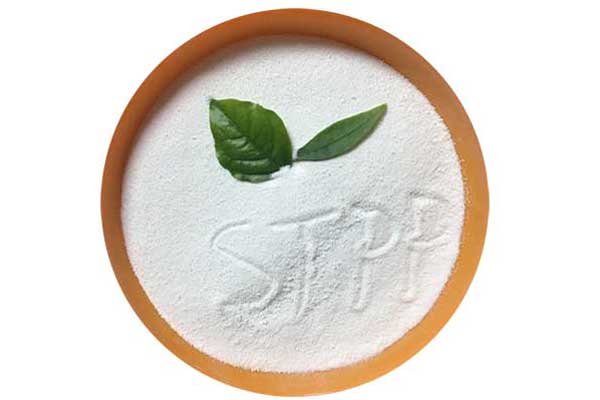
What Is Sodium Tripolyphosphate
- CAS NO.: 7758-29-4
- HS Code: 28352910
- MF: Na5P3O10
- Tech Grade: Industrial Grade, Food Grade
- Appearance: White Granules or Powder
- Package: Plastic-woven sack with polythene inner bag, net weight 25kg, 50kg or 1000kg.
Inquiry us to tell us your applications and more about the requirements of stpp chemical, we will send you the sodium tripolyphosphate 94% msds and sodium tripolyphosphate TDS, as well as the quotation quickly.
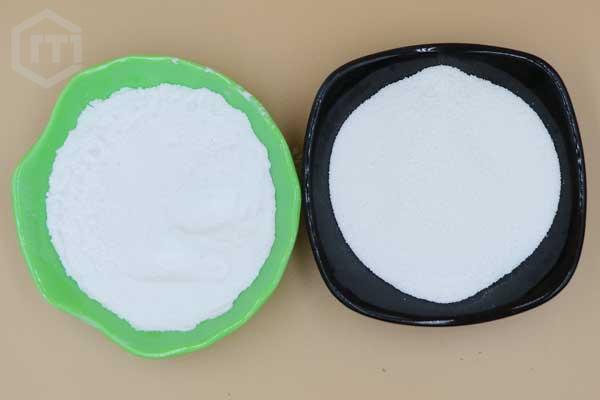
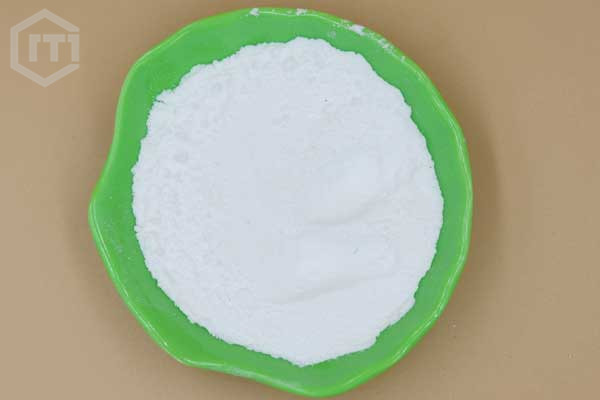
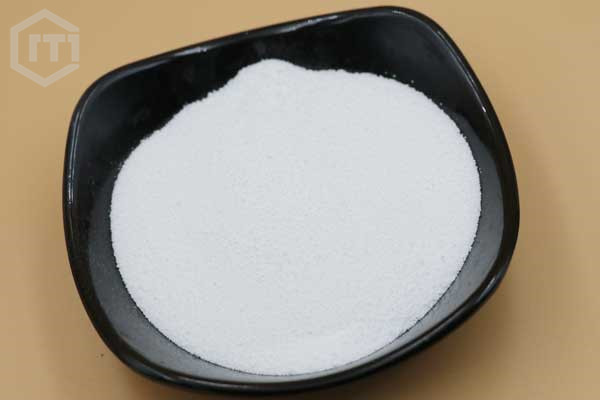
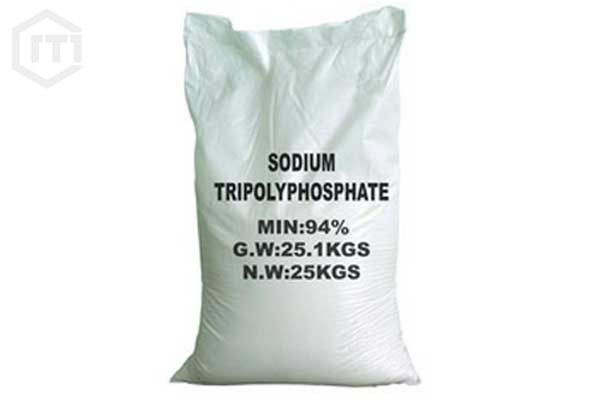
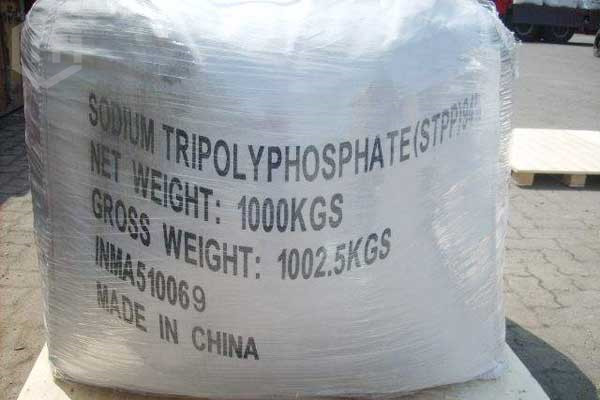
Technical Specifications of Sodium Tripolyphosphate STPP
| Item | Industrial grade | Food grade |
| Main contents (Na5P3O10 )%≥ | 94.0 | 94.00 |
| Phosphorus pentoxide(P2O5) %≥ | 56.5 | 57.0 |
| Water insoluble %≤ | 0.15 | 0.10 |
| Fe %≤ | 0.015 | 0.015 |
| PH value of 1% solution | 9.2-10.0 | 9.4-10.0 |
| Heavy metals, as Pb %≤ | / | 0.001 |
| Arsenic,as As %≤ | / | 0.0003 |
| Fluoride, as F %≤ | / | 0.003 |
| Whiteness %≥ | 85 | 85 |
Would like The Quotation?
Leave your demands in detail here(including the model, package, brand, quantity), we will reply you quickly.
What Are Sodium Tripolyphosphate Uses
Sodium Tripolyphosphate Uses In Detergents
- Properties of chelating hard metal ions. The hard metal ions in the daily washing water will form insoluble metal salts with the active substances in the detergent, which not only increases the amount of detergent used, but also darkens the color of the washed clothes. Sodium tripolyphosphate uses in detergent can help solve this problem.
- Improve the role of peptization, emulsification and dispersion. STPP in detergent has a peptizing effect on proteins in human secretions, can promote the emulsification of fatty substances, and has a dispersing and suspending effect on solid particles such as sand and dust.
- Larger alkaline buffering effect. As an auxiliary agent for synthetic detergents, sodium tripolyphosphate stpp uses in detergent can maintain the PH value of the detergent at about 8.4, which can promote the removal of acidic dirt.
- Keep dry and prevent caking. Powdery synthetic detergents are hygroscopic. If stored in a place with high humidity, agglomeration phenomenon will occur, affecting the use. The hexahydrate formed after stpp chemical absorbs water has a dry characteristic. When there is a large amount of stpp powder in the detergent formula, it can prevent the caking phenomenon caused by moisture absorption and keep the dry granularity of the synthetic detergent.
STPP Sodium Tripolyphosphate Uses In Food
- Used as preservative. Sodium tripolyphosphate uses in food can prevent or delay the oxidation of unsaturated fats, inhibit the growth of microorganisms, and play the role of antiseptic and bacteriostatic.
- The role of emulsification and dispersion. Sodium tripolyphosphate food grade has the effect of dispersing insoluble substances in water and forming a stable suspension to prevent the attachment and aggregation of the suspension.
- Used as food regulator. STPP food grade can effectively stabilize the liquid phase in the medium within a certain PH value range, which can make the food taste more delicious.
- Increase the water retention of food. STPP food grade powder has an enhanced effect on protein and globulin, so it can increase the water retention of meat products, improve the permeability of water, promote the softening of food and improve the quality of food, as well as maintain the excellent flavor of food.
Sodium Tripolyphosphate Uses In Water Treatment
- Scale inhibitor. STPP chemical is often used as a scale inhibitor in cooling water treatment. Because the addition of a small amount of polyphosphate can effectively destroy the normal growth process of calcium carbonate and other crystals, thereby preventing the formation of calcium carbonate scale.
- In addition, sodium tripolyphosphate uses in water treatment can also be used as a water softener for industrial water, tanning agent, dyeing aid, used as a dispersant when preparing suspension in paint, kaolin, magnesium oxide, calcium carbonate and other industries, drilling mud dispersant and anti-oil stain agent in paper industry.
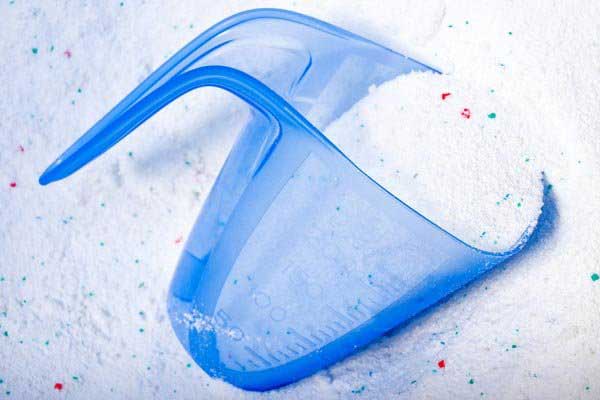

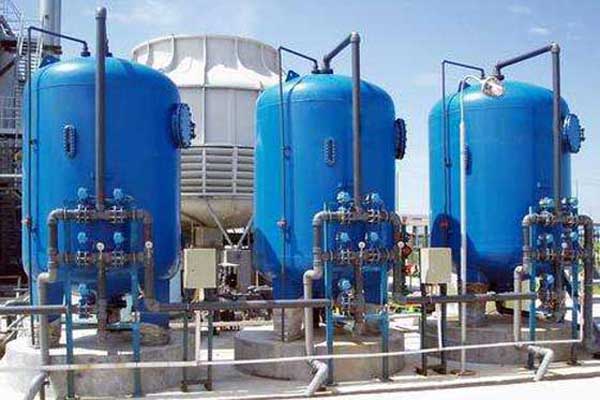
Would like The Quotation?
Leave your demands in detail here(including the model, package, brand, quantity), we will reply you quickly.
Know More About STPP Chemical
What Is Sodium Tripolyphosphate
Sodium tripolyphosphate stpp, with the synonyms of pentasodium triphosphate, tripolyphosphate, is a type of amorphous water-soluble linear polyphosphate. For convenience, we usually call its abbreviation, STPP or stpp chemical. Sodium tripolyphosphate is a colourless salt, which exists both in the form of anhydrous and hexahydrate. With some special chemical properties, stpp can be widely used in detergents, water treatment, food processing industry and many other industrial fields.
What Are Properties of STPP Chemical
Types: Anhydrous and hexahydrate. A condensed phosphate with a chain structure.
Anhydrous
This type can be divided into high temperature(Ⅱ) type and low temperature(Ⅰ) type.
Appearance: white crystal or crystalline powder.
The relative molecular mass is 367.86, the relative density is 2.49 and the melting point is 662℃. It is easily soluble in water, the solubility is 14.5g/100g at 25℃, 23.25g/100g at 80℃. The aqueous solution is weakly alkaline, and the PH of 1% aqueous solution is 9.7. STPP powder will gradually hydrolyze in aqueous solution to produce pyrophosphate or orthophosphate. STPP chemical has complexing effect on alkaline earth metals and heavy metal ions, and can soft water. It also has iron exchange capability, which can make the suspension become solution, as well as strong dispersibility. TypeⅠ has a higher hydrolysis rate than typeⅡ, so typeⅡ is also called slow hydrolysis type. TypeⅡ will transform to typeⅠat the temperature of 417℃.
Hexahydrate
Chemical formula: Na5P3O10·6H2O
Appearance: White prismatic crystals of triclinic orthorhombic system.
The relative density is 1.786, melting point is 53℃. It is soluble in water and can be weathered. This type of stpp chemical can be decomposed during recrystallization. Even if sealed, it can still be decomposed into sodium diphosphate at room temperature. When heated to 100℃, it will decompose into sodium diphosphate and original sodium phosphate. Therefore, the hexahydrate sodium tripolyphosphate can’t be stored and must be used immediately.
How Is Sodium Tripolyphosphate STPP 94% Made
Thermal phosphoric acid process
This is a method of neutralization of thermal phosphoric acid and soda ash.
The main production processes of using thermal phosphoric acid to produce stpp powder include preparation, neutralization of phosphoric acid, dry polycondensation of sodium phosphate and recovery, discharge of tail gas.
- Neutralization operation. Acid first and then alkali, or alkali first and then acid. But no matter using which method, the feeding speed should be uniform and appropriate to prevent the overflow of slurry.
- Alkali addition method. One is to add pre-prepared lye. Generally, add water carbon steel alkali dissolving tank, make the temperature is raised to 40℃ to 50℃ and stir. Then put a certain amount of soda ash to prepare a soda lye with 50% alkali content and put it into the neutralization tank for phosphoric acid using. The other is the neutralization of solid soda ash. Phosphoric acid is measured from the high tank and put into the stainless steel neutralization tank, start the mixer and add solid soda ash to H3PO4 for neutralization.
- Control the neutralization degree. After all the materials are put in, boil for 30 minutes to make the neutralization reaction complete. Control the end point of the reaction PH value to 6.5-7, the relative density of the neutralization liquid slurry is 1.5-1.6. Then add appropriate amount of NH4NO3 to prepare a qualified sodium orthophosphate neutralization solution for polymerization. The neutralized mixed sodium orthophosphate salt solution is dried and obtain powdery sodium phosphate. Then enter the rotary polymerization furnace for calcination polymerization. The sodium tripolyphosphate produced by polymerization is cooled to become the finished stpp powder chemical.
Wet phosphoric acid process
This is a method of neutralization of wet process phosphoric acid and soda ash. Wet-process phosphoric acid must undergo purification treatments such as, defluorination and desulfurization. Because the impurities won’t only reduce the stpp content, but also play a counter-catalytic effect on the dehydration polycondensation process. When necessary, use Na2S or P2S5 to remove arsenic and heavy metal ions. The drying polymerization stage of this method can be one-step method or two-step method.
About Sodium Tripolyphosphate Suppliers - Chemate
-
Quality assurance.
ISO9001 international quality standard system certification, ISO14001 environmental management system certification, CE certification, GB/T28001 certification.
-
Reliable manufacturer
Focus in phosphorous chemical produce since 2003. Annual output can reach 160,000 tons, annual turnover is more than US100 million.
-
Advanced technology
The most advanced production technology and complete production equipment, scientific and standardized layout.
-
Excellent Pre-sales And After-sales Service
Variety complete, timely supply, reasonable price and excellent pre-sales and after-sales service.
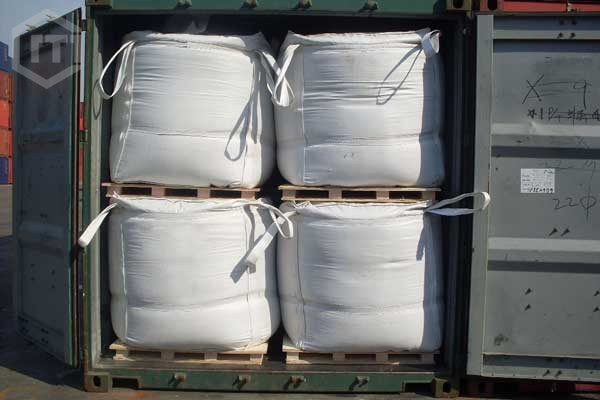
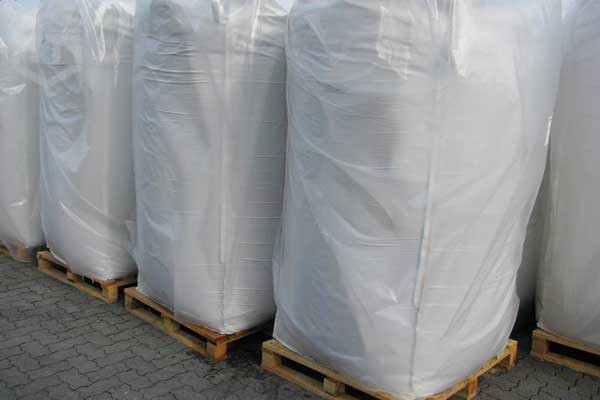
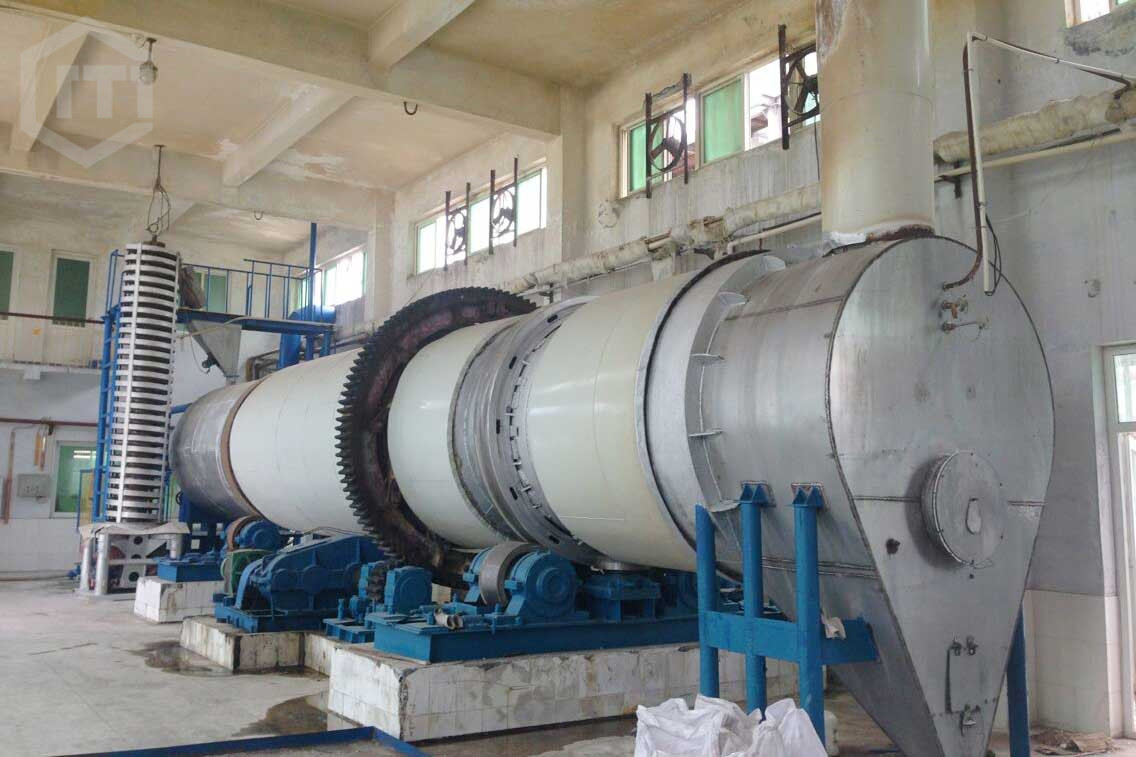
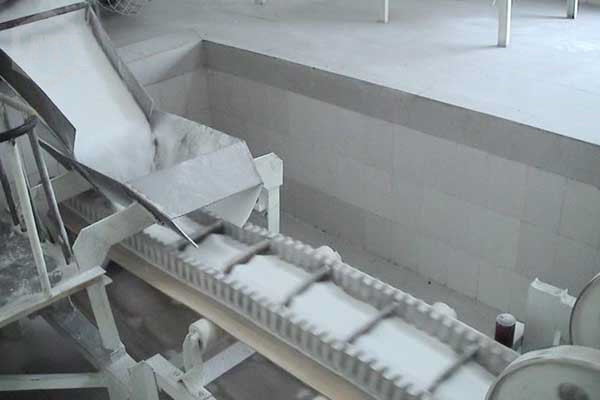
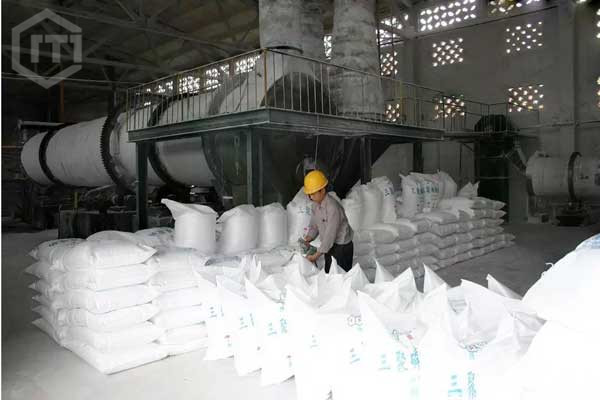
Sodium Tripolyphosphate STPP 94% Price
Would you like to purchase high quality sodium tripolyphosphate stpp 94% at the best price? Chemate will be your ideal choice. We are the manufacturer of various phosphorus chemicals. With no third party, the price in our company is very competitive in the market. The prices of chemical products are unstable, which vary depending on the raw material price. So the price of sodium tripolyphosphate for sale in our company will be adjusted timely according to market changes. Inquiry us to get the latest quotation now.
- Email: sales@chemategroup.com
- Tel: 0086-371-60921621
- Whatsapp: +86 18624832876
- Wechat: +86 18624832876
- ADD: NO.80 PUHUI ROAD,ZHENGZHOU CITY, HENAN PROVINCE, CHINA
